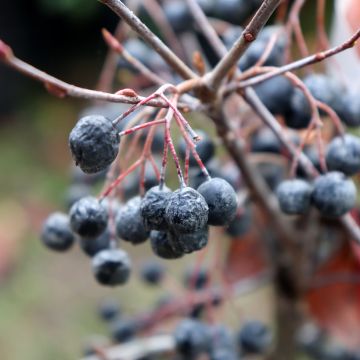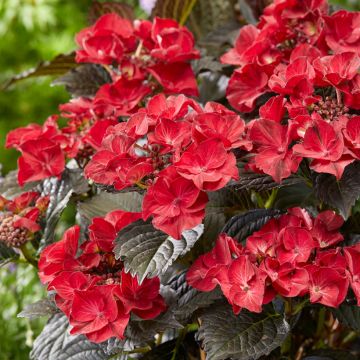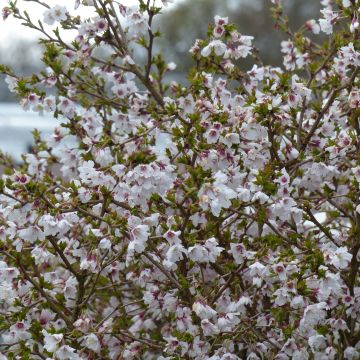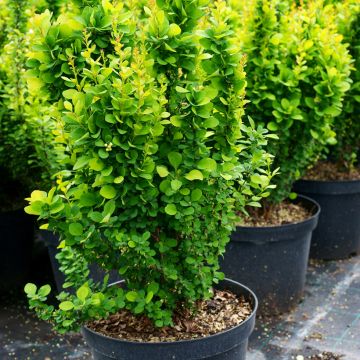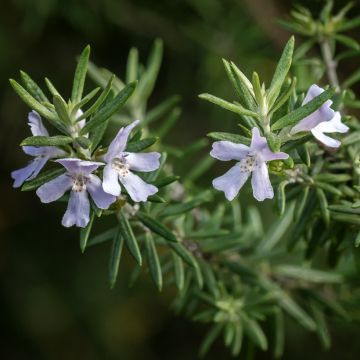

Elegia capensis


Elegia capensis


Elegia capensis
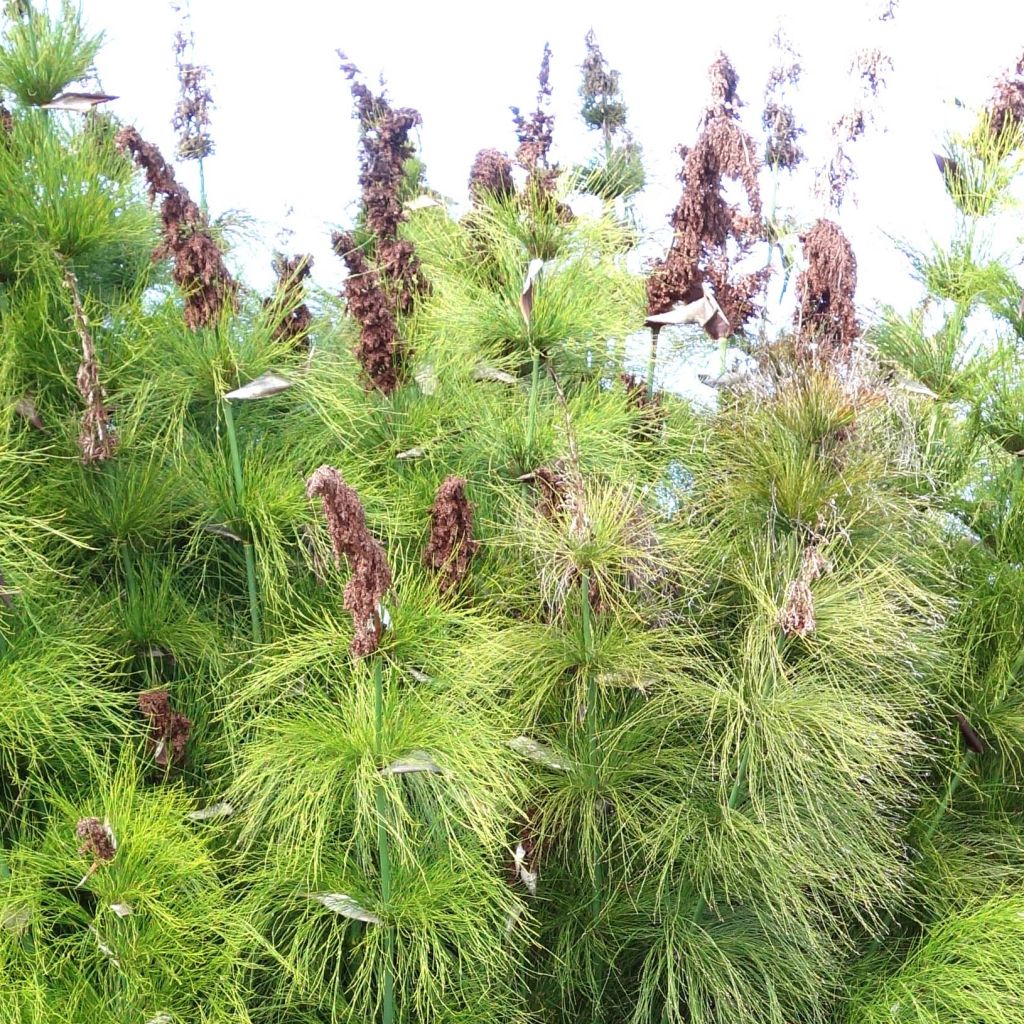

Elegia capensis


Elegia capensis
Elegia capensis
Elegia capensis
Horsetail Restio
This plant carries a 12 months recovery warranty
More information
We guarantee the quality of our plants for a full growing cycle, and will replace at our expense any plant that fails to recover under normal climatic and planting conditions.
From €5.90 for pickup delivery and €6.90 for home delivery
Express home delivery from €8.90.
From €5.90 for pickup delivery and €6.90 for home delivery
Express home delivery from €8.90.
Does this plant fit my garden?
Set up your Plantfit profile →
Description
Elegia capensis, also known as Cape restio or Horsetail Restio, is a large and unique perennial plant with a remarkable silhouette, resembling both a horsetail and a bamboo, although it has no relation to these plants. Its moving and airy vegetation is composed of downy, branched, bright green, leafless stems. It is a highly ornamental plant in the garden, particularly around water features in regions without heavy frost.
Elegia capensis is a botanic species endemic to the fynbos, a type of South African heathland swept by the wind and regularly devastated by fires. In this region of the Cape, three major plant families are gathered: the proteas, heathers, and restios, among which the Elegia capensis belongs.
The Cape restio is a creeping rhizomatous perennial 'herb' with a rather slow growth. Its habit is bushy and slightly spreading. It reaches a height of 1.5m (4 ft 11 in) with a base diameter of 90cm (35.4 in) (1m (3 ft 4 in) to 1.20m (3 ft 11 in) for the crown) in open ground under our climates. In pots, it will reach a height of 1.20m (3 ft 11 in) and spread over 50cm (19.7 in) at the base, with the crown reaching 80cm (31.5 in) in diameter. When conditions are optimal, this plant will spread laterally to form large clumps over 1m (3 ft 4 in) in diameter. It develops lovely downy and channelled stems. Along its stems there are clusters of feathery branches at regular intervals, densely gathered in whorls at the nodes. A large papery bract envelops each whorl, giving the plant a real decorative value at this stage. These large bracts produce a soft and intriguing rustling when they dry out. The stems are devoid of true leaves but bear small bronze bracts. The flowering takes place in May-June, in the form of small brown bracts at the tips of the branches, followed by the formation of fruits resembling small winged nuts.
Elegia capensis is not very hardy, especially in its early years. However, a well-established plant will be able to withstand -12°C (10.4 °F) on the odd day, if planted in a well-draining soil. It is used along water features, where it appreciates moist soil, or to adorn the surroundings of a swimming pool. It can be used in a very decorative way in pots on the terrace, to be protected over winter in cold climates. In open ground in mild climates, or in pots elsewhere, it is always successful when combined with proteas, shrubby heathers, Leptospermum, and callistemons.
The name Elegia comes from the Greek elageia and refers to the chant of lamentations, perhaps due to the rustling emitted by the papery bracts surrounding the young branches at the nodes.
Elegia capensis in pictures






Flowering
Foliage
Plant habit
Botanical data
Elegia
capensis
Restionaceae
Horsetail Restio
South Africa
Other Restios
Planting and care
Elegia capensis is a plant of a mild and humid climate, ideally coastal. It requires a sunny or semi-shaded exposure, and well-draining, sandy yet moist soil. Watering will contribute to its growth. In regions where drought occurs in summer, the installation of an automatic watering system is recommended. The plant takes time to establish itself and does not like to be disturbed. For this reason, it does not tolerate division or transplantation well. If the branches remain small and sparse, it means that the Elegia lacks water. If they turn yellowish, it would be wise to provide a nitrogen fertilizer or iron chelate. The restio reed demands little maintenance: when the older canes, aged 3 years, become brownish, cut them at the base, making room for new shoots.
Planting period
Intended location
Care
Shrubs for pots
Haven't found what you were looking for?
Hardiness is the lowest winter temperature a plant can endure without suffering serious damage or even dying. However, hardiness is affected by location (a sheltered area, such as a patio), protection (winter cover) and soil type (hardiness is improved by well-drained soil).

Photo Sharing Terms & Conditions
In order to encourage gardeners to interact and share their experiences, Promesse de fleurs offers various media enabling content to be uploaded onto its Site - in particular via the ‘Photo sharing’ module.
The User agrees to refrain from:
- Posting any content that is illegal, prejudicial, insulting, racist, inciteful to hatred, revisionist, contrary to public decency, that infringes on privacy or on the privacy rights of third parties, in particular the publicity rights of persons and goods, intellectual property rights, or the right to privacy.
- Submitting content on behalf of a third party;
- Impersonate the identity of a third party and/or publish any personal information about a third party;
In general, the User undertakes to refrain from any unethical behaviour.
All Content (in particular text, comments, files, images, photos, videos, creative works, etc.), which may be subject to property or intellectual property rights, image or other private rights, shall remain the property of the User, subject to the limited rights granted by the terms of the licence granted by Promesse de fleurs as stated below. Users are at liberty to publish or not to publish such Content on the Site, notably via the ‘Photo Sharing’ facility, and accept that this Content shall be made public and freely accessible, notably on the Internet.
Users further acknowledge, undertake to have ,and guarantee that they hold all necessary rights and permissions to publish such material on the Site, in particular with regard to the legislation in force pertaining to any privacy, property, intellectual property, image, or contractual rights, or rights of any other nature. By publishing such Content on the Site, Users acknowledge accepting full liability as publishers of the Content within the meaning of the law, and grant Promesse de fleurs, free of charge, an inclusive, worldwide licence for the said Content for the entire duration of its publication, including all reproduction, representation, up/downloading, displaying, performing, transmission, and storage rights.
Users also grant permission for their name to be linked to the Content and accept that this link may not always be made available.
By engaging in posting material, Users consent to their Content becoming automatically accessible on the Internet, in particular on other sites and/or blogs and/or web pages of the Promesse de fleurs site, including in particular social pages and the Promesse de fleurs catalogue.
Users may secure the removal of entrusted content free of charge by issuing a simple request via our contact form.






































